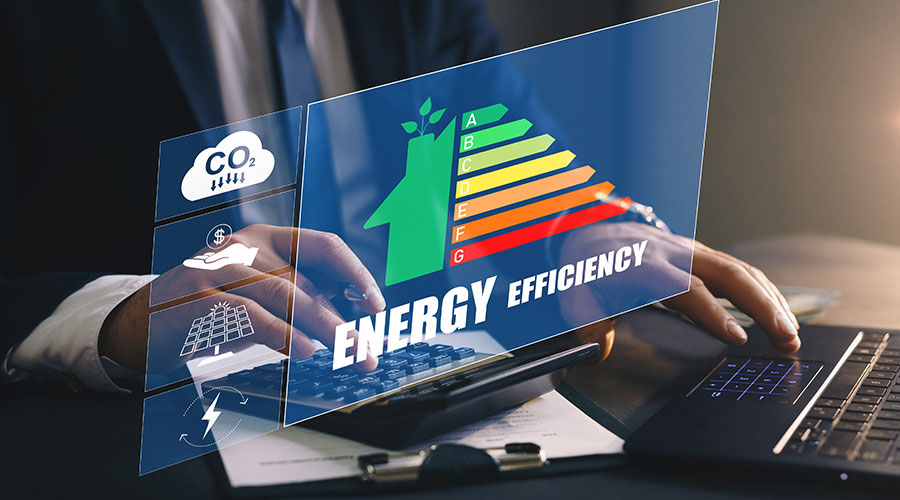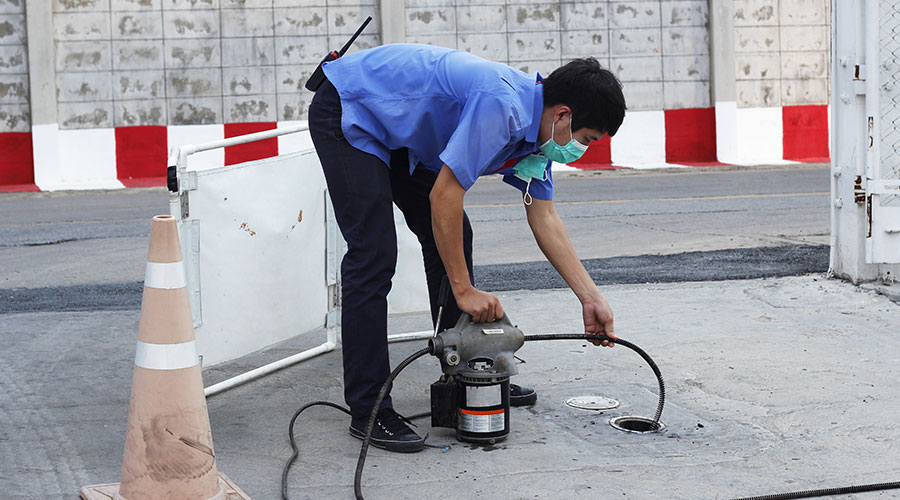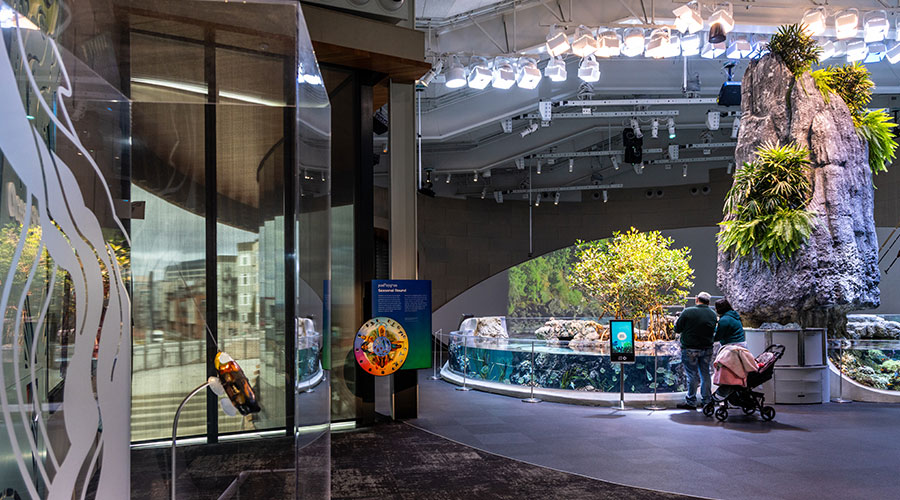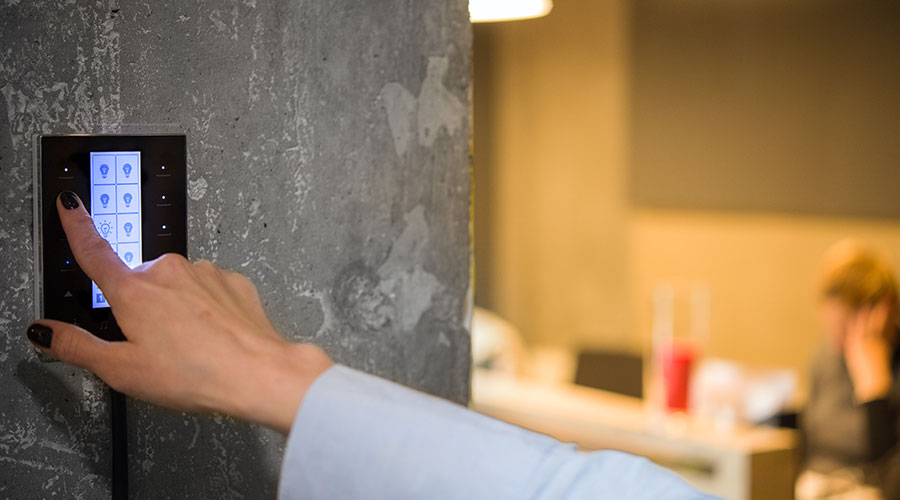Lighting Product Phaseouts and Exemptions
New minimum energy efficiency standards for lighting are being phased in. Sale and importation of many common types of lamps and ballasts will be discontinued over the next several years. Those responsible for maintaining lighting should be preparing for the changes by reviewing replacement options that meet the new standards, for example, halogen, compact fluorescent, LED, high color rendering index (CRI) T8 fluorescents and electronic ballasts.
The higher standards appear in the Energy Policy Act of 2005 and the Energy Independence and Security Act of 2007, which spell out the changes and when each is to take effect (between 2010 and 2014). Such standards don't actually ban any lamps or ballasts, but the inability of some, such as the typical 100-watt incandescent, to meet the standards will make it impossible for such items to be legally manufactured in or imported into the United States. Immediate impacts are likely to be mild since large existing stocks of such less-efficient lamps and ballasts may still be used or sold until they run out.
Note that some halogen lamps (a more efficient version of incandescent) do meet the new standards, so claims that only compact fluorescent or LED lamps will be allowed in the future have been exaggerated. Bi-pin halogens are unaffected, for example.
While efforts were underway by some major lamp manufacturers to develop incandescents that met the new standards, most of them were abandoned in favor of advancing LED options that offer not only higher energy efficiency but also much greater lamp life.
Which Items Are Affected?
The largest impacts will be felt on:
- Standard (A-style) incandescent lamps of 40 to 205 watts.
- Many types of incandescent reflector lamps. (See "These Reflector Lamps Get an Exemption" below).
- T12 fluorescent lamps 2 to 8 feet long, including U-tubes and the standard 4-foot, 34-watt units that previously replaced the 40-watt version. About 30 percent of the 4-foot fluorescents sold in the U.S. are still T12s, according to the National Electrical Manufacturers Association.
- Some 8-foot single-pin T8 "slimline" fluorescents with low CRI or low lamp efficacy, measured in lumens/watt.
- T8 lamps with low CRI (i.e. ~70).
- Magnetic ballasts for common fluorescent lamps, which are 7 percent of the U.S. fluorescent ballast market.
Metal halide fixtures with lamps between 150 and 500 watts are required to meet minimum ballast efficiency standards that took effect Jan. 1, 2009 (see "Update on Metal Halide Ballasts" on this page). Under a prior federal law, no new mercury vapor ballasts (except specialty types) are to be sold in the U.S. after Jan. 1, 2008. No other high-intensity discharge (HID) lamps or fixtures are affected.
Lots of Exemptions
Most specialty lamps are exempted, as are some specific reflector lamp types (see "These Reflector Lamps Get an Exemption" on page 64). New federal energy legislation in 2010 was expected to eliminate some of those exemptions, but it failed to pass both houses of Congress.
Among the specialty lamps that will continue to be available are:
- Special or rugged service, for example stove/refrigerator lamps, bug lights, plant grow-lights, shatter-resistant, vibration/rough service.
- Decorative, such as 3-way, candelabra, globe, colored.
- Instrument/medical.
Several types of fluorescent ballasts are also exempted:
- Those that dim T12 lamps to 50 percent or less.
- Low-temperature high-output (HO) two-lamp units feeding 8-foot T12s, which are often used in billboard signage.
- Magnetic ballasts with a power factor below .90 labeled for residential use.
To see what incentives exist in your area for lighting efficiency options, go to www.dsireusa.org.
|
PHASE OUT
These Reflector Lamps Get an Exemption
Reflector lamps come in many shapes and sizes: AR, BR, ER, PAR, etc. Because some fixtures, such as track lights, were designed to work with specific reflector lamps, exemptions have been granted where eliminating a lamp type would, in effect, require replacement of light fixtures. While most incandescent reflector lamps between 40 and 205 watts that are over 2.5 inches in diameter are being phased out, the following will still be available until at least mid-2013:
- ER30, BR30, BR40, and ER40 that are 50 watts or less.
- 65-watt BR30, BR40, and ER40.
- R20 lamps that are 45 watts or less.
To find comparable replacements that meet the new standards, go to: http://www.sylvania.com/en-us/Pages/default.aspx
— Lindsay Audin
|
Related Topics:













